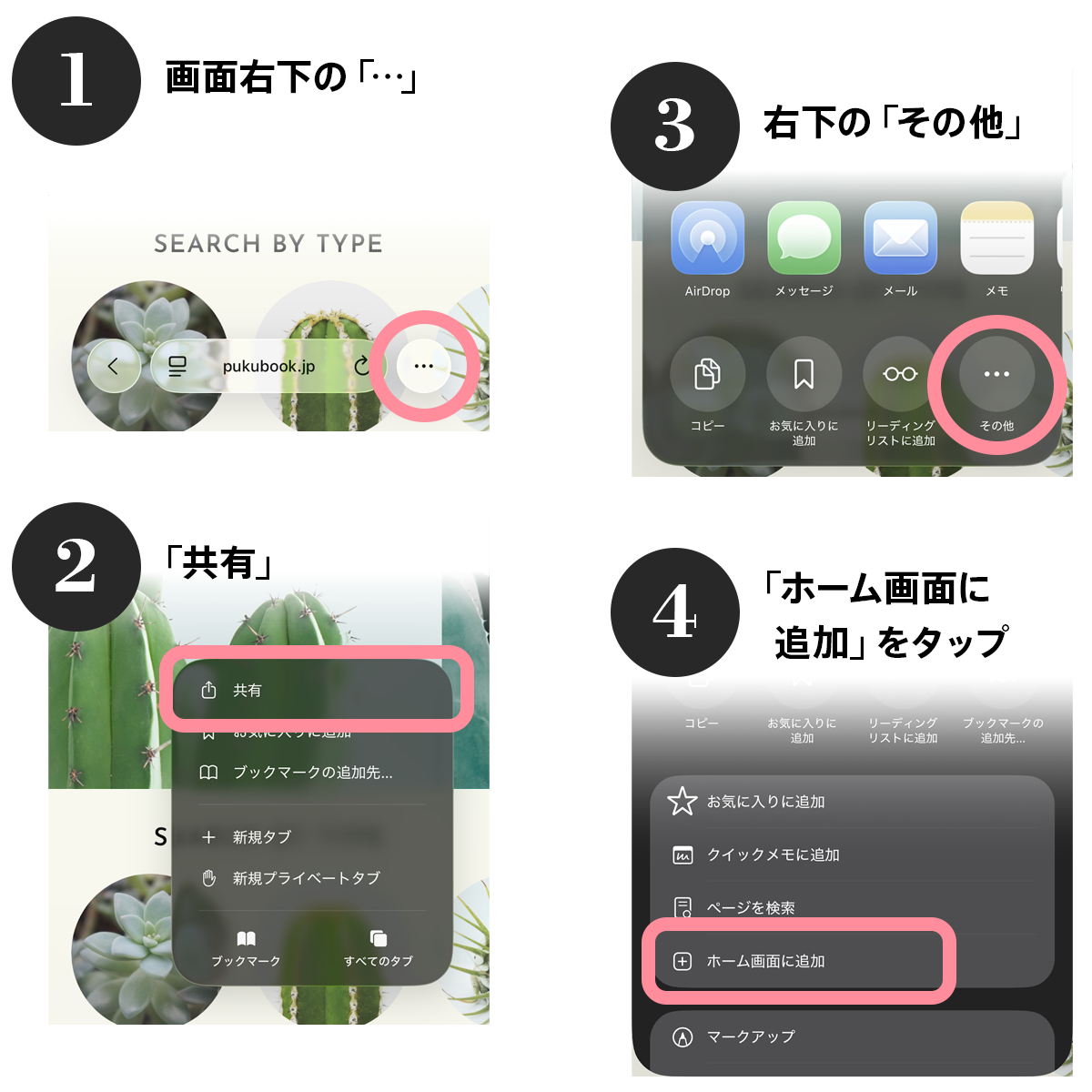Horn-Sauerklee (Oxalis corniculata) - findet sich oft als Begleitflora im Garten. Bei mir flächig vorhanden. Es hat einen Bruder, den aufrechten Klee (Oxalis stricta - Bild imThread), der auch im Garten vorkommt und als essbare Wildpflanze Verwendung findet. https://t.co/UKEOd6eVNI
Common Yellow Woodsorrel (Oxalis stricta) A few of these shots are embarrassingly out of focus I thought these were clovers, but not so. The tiny yellow flowers only bloomed for a day or two. Wikipedia says they like sandy soil, guess that's why I see them in brick mortar! https://t.co/0HODlOF8Fe
The image is really self-explanatory; I have posted here an info page from https://t.co/Y3b3rxr5wm on Oxalis stricta, or ‘common yellow oxalis’ - the same that’s described in my previous tweet. https://t.co/u6p6LfxHB8
Oxalis stricta is a native plant in my region (Eastern Canada) yet it is considered a massively annoying weed. I’m sure I’ve described Oxalis behaviour more than once as ‘it’s invaded the pot!’ But it is not an invasive species by definition of invasive = nonnative.
Oxalis corniculata, the creeping woodsorrel, also called procumbent yellow sorrel or sleeping beauty, resembles the common yellow woodsorrel, Oxalis stricta. It is a somewhat delicate-appearing, low-growing, herbaceous plant in the family Oxalidaceae.
Oxalis stricta, ( common yellow woodsorrel), Native to North America @ Manipur University https://t.co/20fC79ucBV




